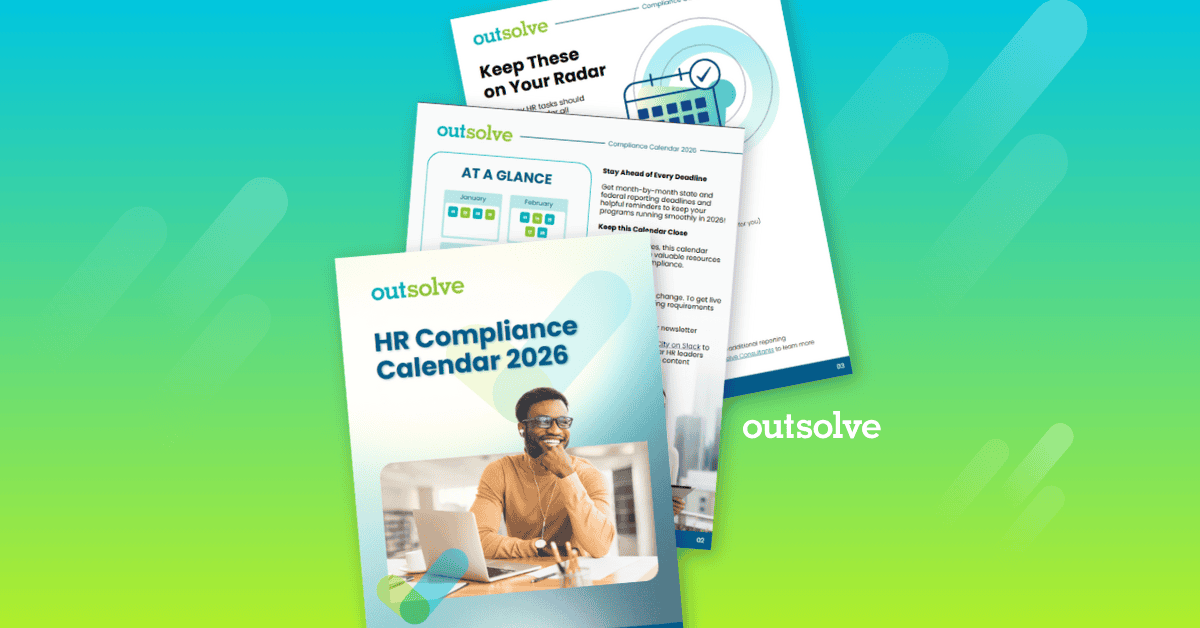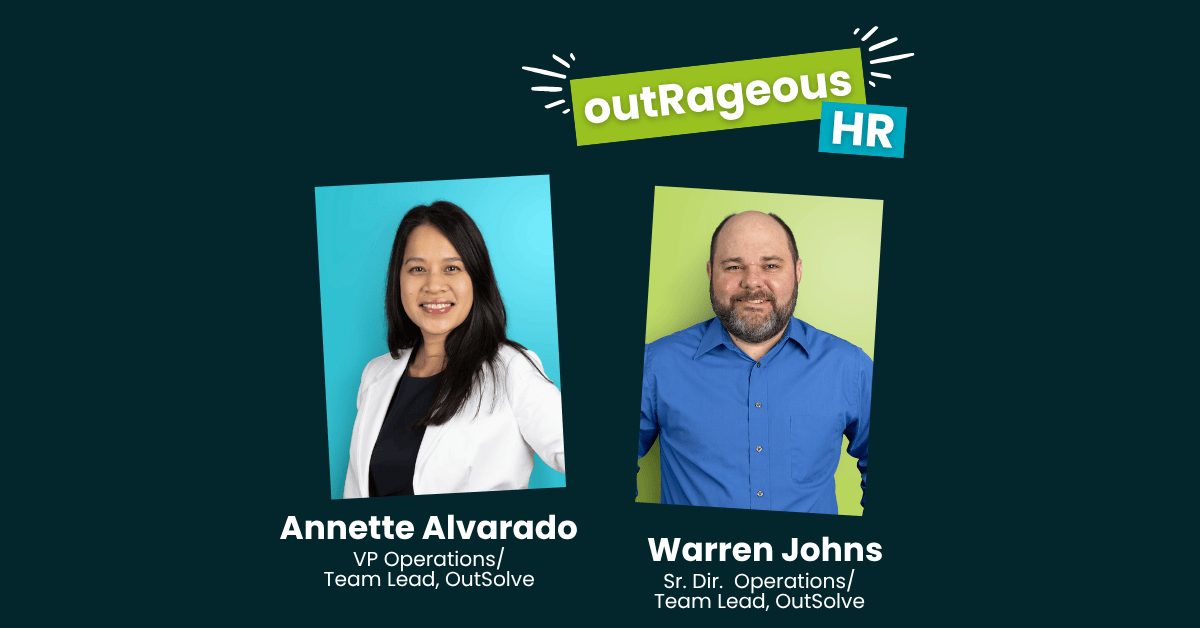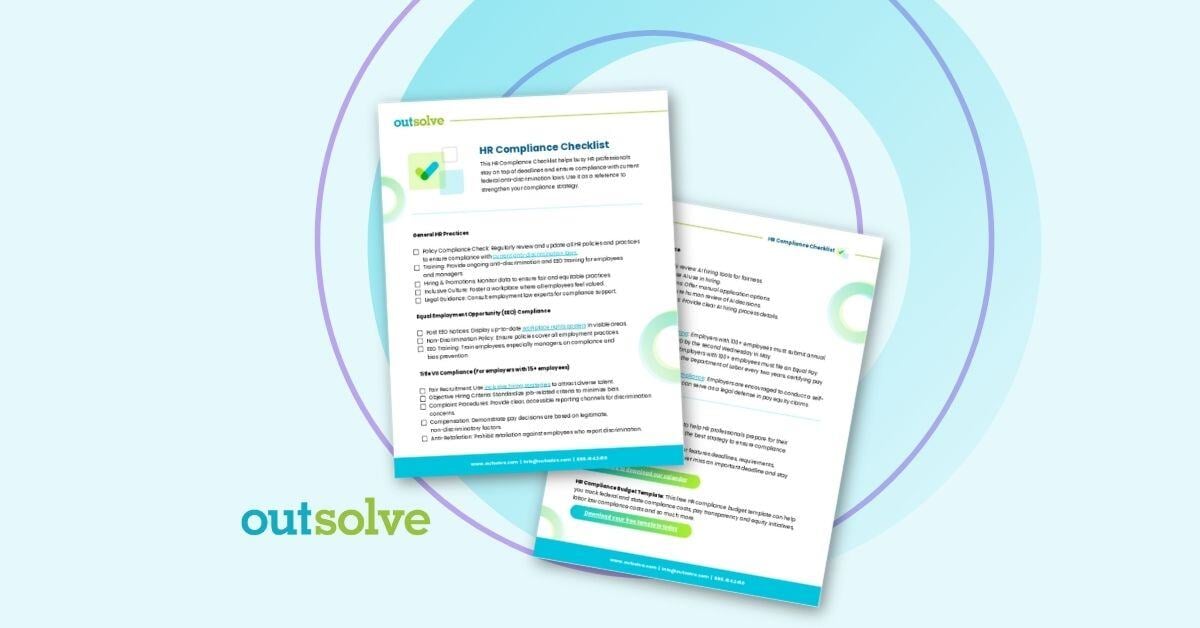
Welcome to Part 1 of our 3-part research series, “I-9 Compliance Trends: Enforcement Risks and Best Practices.”
In this installment, we examine the dramatic resurgence of enforcement under the current presidential administration, led by Immigration and Customs Enforcement (ICE), and how this shift signals a new era of zero-tolerance of employing unauthorized workers. With inspection rates surging and penalty structures growing more severe, organizations must reevaluate their approach to employment eligibility verification before any errors are detected by government agencies.
Only have 2 minutes?
Check out the highlights & download the full report below.
ICE Inspections and Audits Expected to Surpass 2019 Levels
The current presidential administration is picking up where it left off five years ago, and this is most clearly evident with Immigration and Customs Enforcement (ICE). Since January 6, 2025, the agency has gone back to the aggressive workplace enforcement strategy that defined the first term, essentially telling employers that the days of relaxed immigrant employee eligibility enforcement are over.
For businesses that got used to a more hands-off approach to employment eligibility enforcement, this shift will seem abrupt and potentially troubling. The agency that saw its workplace enforcement activities drop dramatically during the Biden years is once again becoming the main way to make sure employers follow immigration law.
Numbers Tell the Story: A Dramatic Surge in Enforcement Activity
The similarities between the last year of the first Trump administration, 2017, and the first half of 2025 are striking. But this time ICE isn't starting from scratch. The stats paint a clear picture of renewed focus on workplace enforcement. In 2024, during the final months of the Biden administration, ICE issued about 230 Notices of Inspection (NOI) to audit employers suspected of hiring undocumented workers. This was just a continuation of the historically low enforcement levels when annual NOI numbers rarely went above 300, even in the years after COVID disruption (2023 and 2024). Consider this in contrast to Trump's first term (2016-2020), which saw more than 5,200 NOIs issued in FY2018 and more than 6,000 in FY2019.
The second Trump administration has picked up where it left off in 2020. Neither the Department of Homeland Security (DHS) nor ICE has published I-9 NOI figures for some time now, the Washington Post reports that the current rate of Notices of Inspection issued in the first half of 2025 is at least ten-fold what it was during the same period in 2024, showing that the new administration's promise of ramped-up workplace enforcement is being delivered with serious speed and scale.
The financial hit for non-compliant companies has been equally dramatic. In early 2025, ICE levied about $8.2 million in fines against employers found to be violating employment verification laws in 2024. The biggest single penalty issued so far this year -- $6.2 million against a Colorado company-- exceeded the estimated total of collected during the last year of the Biden administration.
This surge in enforcement activity reflects not just a change in political priorities, but a fundamental shift in how ICE approaches workplace compliance. The agency has moved from what could be called an "education-first" approach under Biden to a "zero-tolerance" stance that focuses on deterrence through aggressive enforcement and big financial penalties.
The geographical spread of enforcement activity has also changed. While the first Trump administration focused heavily on industries and regions with high concentrations of recent immigrants, the current strategy seems less targeted; going after employers across all sectors and parts of the country. Since January, workplace immigration audits and enforcement actions have been conducted across several industries, most prominently hospitality, agriculture, construction, health care, and manufacturing. In addition, the Washington Post reports that ICE officials now have inspection quotas to meet.
The Central Role of Form I-9 in ICE Workplace Regulatory Enforcement
At the heart of every ICE workplace audit is a single, seemingly straightforward document: the Form I-9 Employment Eligibility Verification. This form, required by federal law for every employee hired in the United States, is the main tool ICE uses to figure out whether an employer has followed federal employment laws.
During an ICE audit, agents request I-9 forms for employees, along with supporting documentation and payroll records. The agency's trained auditors then do a careful review, examining each form for technical violations, major errors, and patterns of non-compliance. Common violations include missing signatures, wrong dates, failure to properly complete employee information, inadequate document verification, and failure to re-verify work authorization for employees with temporary protected status.
The complexity of I-9 compliance has gotten significantly harder over the years as immigration law has evolved, and newer digital versions of existing documents have been introduced. Also, the form itself has been revised multiple times, with employers required to use the current version for new hires while keeping older versions for those previously hired. This creates a compliance environment where even well-meaning employers can accidentally violate technical requirements.
ICE's approach to I-9 violations has become increasingly sophisticated, with agents trained to spot not just obvious errors but also subtle patterns that might indicate systematic non-compliance or knowing violations. A "knowing violation" is when an employer deliberately and consciously violates an employment regulation governing their workplace and is fully aware that the action contravenes the legal requirement. It is important to note that the violator must have actual knowledge of the regulation and understands their conduct is illegal. With respect to I-9 regulations, the most serious violation occurs when an employer knowingly hires or continues to employ individuals who are not authorized to work in the United States. This includes situations where an employer learns an employee has become unauthorized but continues their employment anyway.
Additionally, I-9 violations carry substantially higher penalties than unintentional paperwork errors. Fines for accidental errors are as low as $281. However, fines for knowingly employing an unauthorized non-citizen worker range from $698 to $5,579 per violation for first-time offenses. The penalty structure escalates dramatically for repeat offenders, with second offenses ranging from $5,579 to $13,946 per violation, and third or subsequent offenses carrying even higher penalties.
The agency has developed risk assessment models that help identify employers most likely to be hiring unauthorized workers, focusing resources on cases where significant violations are most likely to be found.
And the fact that fines can be assessed on a per-violation rather than per-company basis, suggest that these fines can represent material financial risk.
What Lies Ahead
As the current administration settles into its operational rhythm, all signs point toward a sustained and potentially escalating campaign of workplace enforcement that will define the employment landscape for years to come. The dramatic surge in ICE audit activity during the first six months of 2025 appears to be just the beginning of what promises to be the most aggressive period to date.
The administration's commitment to expanded enforcement is evident not just in the numbers but in the resources being dedicated to workplace compliance. It has been widely reported that the most recent federal budget bill provides more than $170 billion in new funding for immigration enforcement and detention over the next four years; $8 billion of which is allocated to hire 10,000 new auditors by 2029. A substantial portion of the agency’s funding is designated for training and retention of ICE employees, to implement new technology, and to modernize the department’s transportation fleet.
Additionally, geographic expansion is in the works. According to an ACLU report, sites slated for new ICE facilities include Baldwin, MI; Leavenworth, KS; Hobbs, NM; and Dilley TX. The sites will be principally detention centers but will also include enforcement personnel. In addition, ICE has signed more than 850 Memoranda of Agreement (MOAs) with local law enforcement agencies across 40 states. These MOAs allow “...ICE Enforcement and Removal Operations (ERO) to partner with local police authorities to identify and remove criminal aliens....” Overall, the Department of Homeland Security, through these ICE Agreements, has expanded its reach by deputizing local police and sheriff departments in most states save for states in the northeast, west coast and Illinois. (See appendix B.)
The sophistication of ICE's enforcement methods is also expected to evolve. The agency is investing heavily in data analytics and artificial intelligence capabilities that will enable more targeted identification of non-compliant employers. These technologies will allow ICE to analyze patterns in employment data, identify anomalies that might indicate unauthorized hiring, and focus resources on cases where significant violations are most likely to be found.
Overall, American businesses can expect this intensified federal enforcement of immigration employment regulations to have a significant and lasting impact. Organizations that have operated with lax I-9 compliance practices will face increasing pressure to reform their processes or risk substantial penalties. The cost of non-compliance will continue to rise, making investment in robust compliance programs not just smart but essential for business success.
For organizations trying to navigate this challenging landscape, the message is clear: the era of minimal I-9 verification enforcement is over, and the consequences of non-compliance have never been more dire. The organizations that will thrive in this environment are those that recognize employee eligibility compliance as a critical business function and invest accordingly in the people, processes, and technology necessary to maintain strict adherence to federal law.
Conclusion
The numbers don’t lie—ICE is back, and it’s bigger, faster, and more focused than ever. From ramped-up audits and stricter fines to broader geographic reach and AI-powered investigations, the pressure on employers to get I-9 compliance right is mounting quickly.
In Part 2 of this series, we’ll move beyond the headlines and enforcement statistics to explore what executive leadership can actually do to mitigate I-9 audit risk. We’ll examine how C-suite involvement, internal audits, technology investments, and strong policy frameworks can transform immigration compliance into a strategic business advantage.
Download the full research report, “I-9 Compliance Trends: Enforcement Risks and Best Practices,” for a comprehensive look at the data, trends, and strategies shaping the future of employment eligibility compliance.
Related Articles
- Part 2: Executive Leadership: The New Front Line in I-9 Compliance
- Part 3: Automate or Audit: Why Manual I-9 Compliance Is No Longer Safe
Founded in 1998, OutSolve has evolved into a premier compliance-driven HR advisory firm, leveraging deep expertise to simplify complex regulatory landscapes for businesses of all sizes. With a comprehensive suite of solutions encompassing HR compliance, workforce analytics, and risk mitigation consulting, OutSolve empowers organizations to navigate the intricate world of employment regulations with confidence.
Weekly OutLook
Featured Posts

New Year, New Deadlines: 2026 HR Compliance Calendar

outRageous HR: Plan Now or Pay Later
Related Posts

In-House or Outsourced I-9 Management: Which Is Best for Your Organization?
Every U.S. employer, regardless of size or industry, is required by law to confirm each new hire’s identity and verify that they are authorized to...

outRageous HR: Building a Compensation Strategy That Actually Works
If your compensation strategy is mostly “gut feeling” plus whatever you did last year… it’s time to rethink your approach.

HR Compliance Checklist: What Every HR Pro Needs to Know
During times of sweeping change to federal laws, and with new state laws being enacted, it's more important than ever for HR professionals to ensure...

